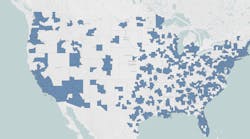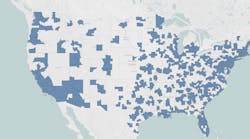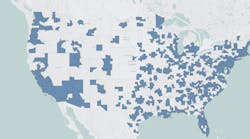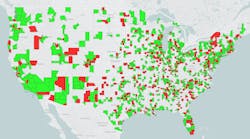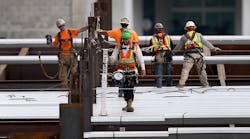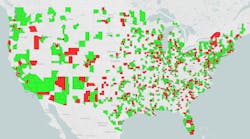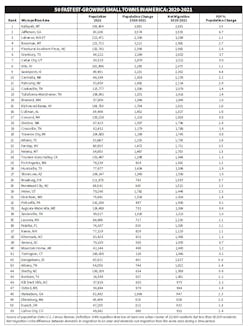While a fairly small handful of major metropolitan areas account for the lion’s share of U.S. electrical sales, it still pays to track fast-growing small towns and rural areas.
Population data from the U.S. Census Dept. is one free tool you can use to analyze fast growing smaller markets, and Electrical Marketing provides this data to subscribers as part of an annual subscription. The U.S Census Dept. recently released 2021 population data for micropolitan areas, have at least one urban cluster of 10,000 residents but less than 50,000, and EM’s editors recently did some analysis of this data to see locate any new hot spots for potential electrical growth, (see chart on page 2). While some of these smaller towns may be too small to support a new branch location for an electrical distributor, when several thousand new residents move into an area in just one year, this type of growth will definitely spark new construction of new homes and apartments, as well as related retail and commercial construction.
Many of the micropolitan areas growing the fastest, when analyzed by net migration (the difference between domestic in-migration to an area and domestic out-migration from the same area) are in the Intermountain states, near the coasts or in other vacation or retirement areas. The states with the most micropolitan areas in the Top 50 were Tennessee, North Carolina and Montana and Washington. Montana had two micropolitan areas in the Top 5 – Kallispell, MT, with 2021 net migration of 3,881 residents, and Bozeman, MT, with net migration on 2,881 residents. The other micropolitan markets with net migration of more than 2,500 residents were Jefferson, GA (+3,519); Lebanon, NH-VT (+3,268); Pinehurst-Southern Pines, NC (+2,881); Granbury, TX (+2,632); and Cedar City, UT (+2,512). Some of this growth can most likely be attributed to the increasing number of Baby Boomers hitting retirement age and moving to their dream locations and the trend toward remote officing.
Some micropolitan areas saw some notable declines in population. North Dakota had three towns at or near the bottom of the lists of 543 U.S. micropolitan areas with net migration losses of around 1,000 residents or more, and New Mexico had two — Hobbs, NM (-2,049), and Carlsbad-Artestia, NM (-1,579). It’s interesting to note that North Dakota’s three micropolitan areas with comparatively large population losses were in regions that at one time experienced a boom in oil fracking — Minot, Dickinson and Williston (-3,120); Minot, ND (-1,139); and Dickinson (-955).
